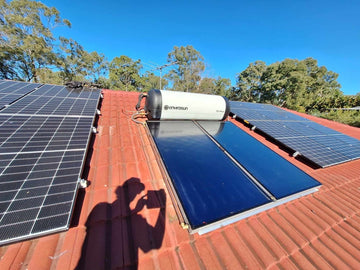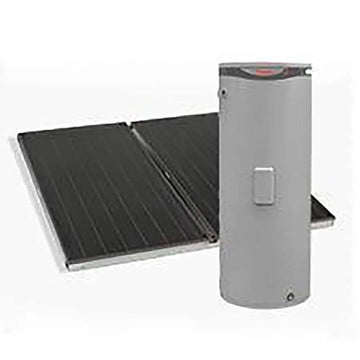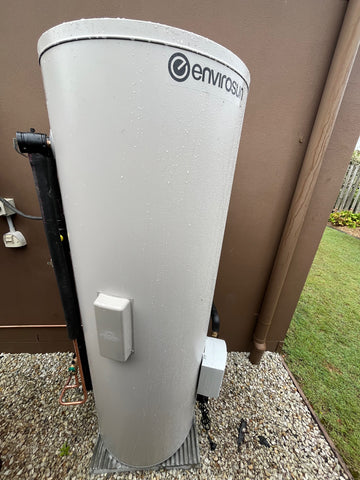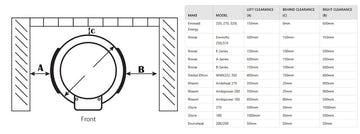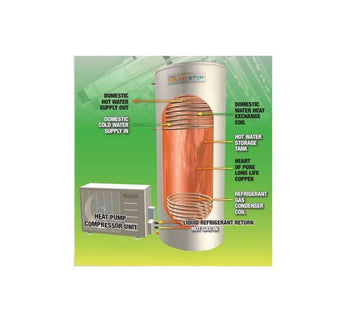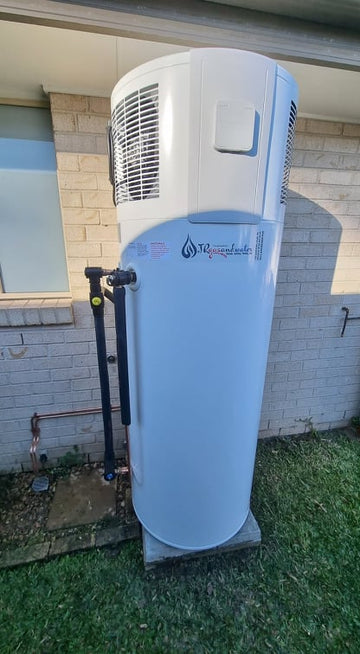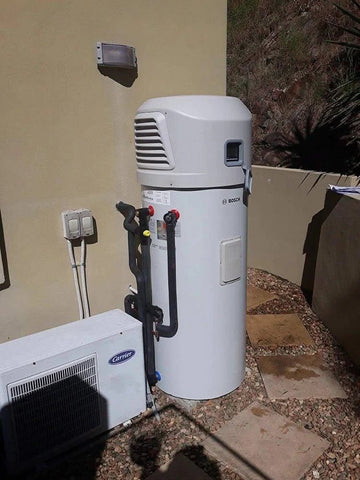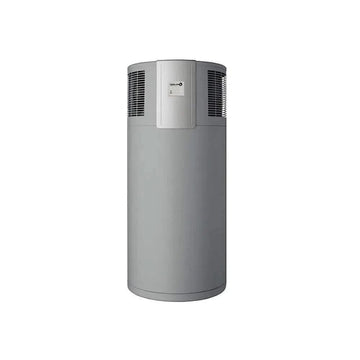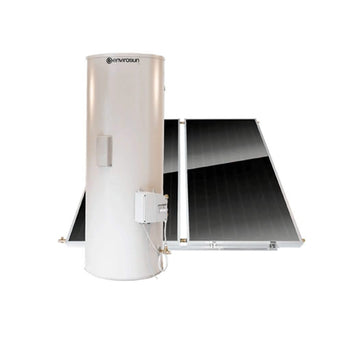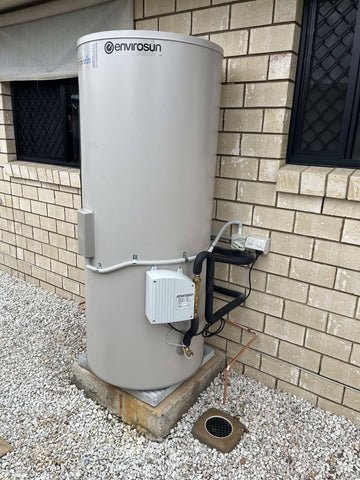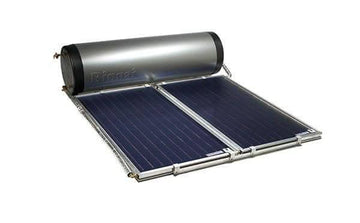Components and Principals of a Solar Hot Water System
Overview
A solar water heater system uses energy from the sun to heat water for use in homes, buildings, and industrial applications. These systems can be categorized as active or passive, depending on how they circulate water. The main components of a solar hot water system include:
-
Solar Collector
-
Storage Tank
-
Heat Exchanger
-
Pump
-
Controller
Each of these components plays a crucial role in ensuring the efficient operation of a solar hot water system.
1. Solar Collector
The solar collector is the component that absorbs solar radiation and converts it into heat. There are two primary types:
Flat Plate Collectors
-
Consist of an insulated box with a glazed surface and a black absorber plate.
-
Sunlight passes through the glazing and heats the absorber plate, which in turn warms the water.
Evacuated Tube Collectors
-
Composed of multiple glass tubes with a vacuum inside to reduce heat loss.
-
More efficient than flat plate collectors, especially in colder climates.
2. Storage Tank
The storage tank holds the heated water until it is needed. It is typically made from stainless steel or corrosion-resistant materials and is insulated to minimize heat loss.
Factors to consider:
-
Size: Depends on the household's hot water demand.
-
Material: Stainless steel or glass-lined tanks are durable options.
3. Heat Exchanger
A heat exchanger transfers heat from the collector to the water in the storage tank. It consists of a network of pipes that circulate hot water from the solar collector to the storage tank, ensuring efficient heat transfer.
4. Pump
A pump circulates water between the solar collector and the storage tank. It is commonly found in active solar water heating systems and ensures continuous movement of the heated water.
-
Controlled by a temperature-sensing controller.
-
In passive systems, natural convection circulates water without a pump.
5. Controller
The controller is an electronic device that monitors and regulates the operation of the solar hot water system.
-
Turns the pump on and off based on water temperature.
-
Prevents overheating or freezing by adjusting circulation patterns.
Installation and Maintenance
Installation
Professional installation ensures proper connection of components, including electrical and plumbing work. The process involves:
-
Mounting the solar collector on a roof or ground-based structure.
-
Connecting the collector to the storage tank via insulated pipes.
-
Integrating a backup heating source for cloudy days.
-
Configuring the pump and controller for automated operation.
Maintenance
Regular maintenance is essential for optimal performance. This includes:
-
Cleaning the solar collector to remove dust and debris.
-
Checking for leaks in the pipes and valves.
-
Inspecting the pump and controller for proper operation.
-
Replacing the heat transfer fluid in indirect systems.
Benefits of Solar Hot Water Systems
✅ Energy Savings: Reduces reliance on electricity or gas for water heating. ✅ Cost Efficiency: Pays for itself over time through lower utility bills. ✅ Eco-Friendly: Reduces carbon footprint by utilizing renewable solar energy. ✅ Increases Property Value: Homes with solar water heating systems are attractive to buyers. ✅ Low Maintenance: Requires minimal upkeep for long-term reliability.
Conclusion
Solar hot water systems are an effective and sustainable solution for heating water in homes and businesses. By utilizing components such as solar collectors, storage tanks, heat exchangers, pumps, and controllers, these systems ensure efficient and cost-effective water heating while reducing environmental impact.
With proper installation and maintenance, a solar hot water system can provide years of reliable service, helping homeowners save money while contributing to a greener future.






